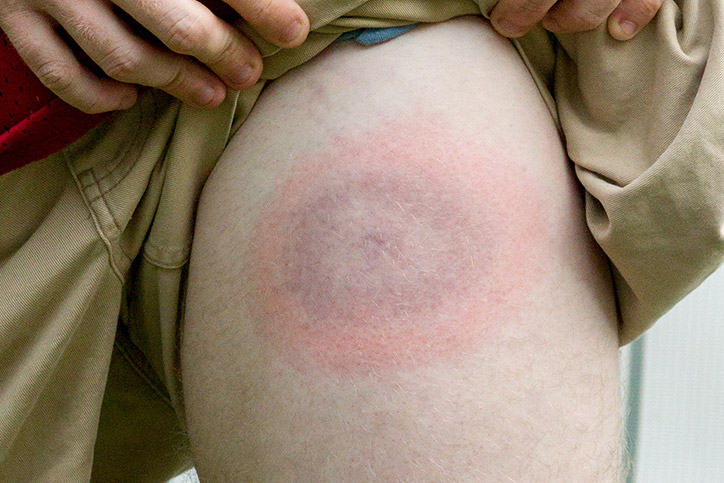New Criteria for Diagnosis of Lyme Disease
- News
-
Feb 22
- Share post


Criteria for diagnosis of Lyme Disease, published by the Centers for Disease Control (CDC) in 2022 shows a relaxation of the previous requirements. No longer is a positive ELISA test with specific bands in the Western Blot an absolute requirement. Now, a positive Western blot, whether or not accompanied by a positive ELISA test, is sufficient to have a “laboratory” diagnosis of Lyme Disease.
Laboratory criteria:
- Positive culture for either B burgdorferi or B mayonii in culture – first-tier screening assay is no longer required (this is the Elisa test)
- Positive NAAT test – PCR tests fall under this category – multiple labs offer PCR tests for Lyme Disease, including IGeneX, DNA Connexions, Vibrant Wellness
- Positive Western Blot including five of ten bands –
- 18 kDa (protein coat Osp C
- 28 kDa
- 30 kDa
- 39 kDa (BmpA)
- 41 kDa (flagellin)
- 45 kDa, 58 kDa, 66 kDa
- 93 kDa
Clinical evidence or criteria
- Erythema migrans rash (the famous bull’s eye rash) which may manifest in many forms[i]
- Target
- Large hard swelling – like a big hive
- Multiple target lesions
- Recurrent brief attacks – brief definition is weeks or months duration – of joint swelling in one or multiple joints
- Neurologic symptoms – facial palsy, nerve root pain, encephalomyelitis (brain or spinal cord inflammation[ii])
- Cardiovascular symptoms – heart block that resolves by itself within days to weeks
Which the Lyme and co-infections diseases require notification to the local health department?
- Babesiosis
- Ehrlichia
- Lyme disease
- Rickettsia
- Varicella (chicken pox)
- Vibrio (cholera)
- Other hemorrhagic fevers
Now for the true significance of this new definition: will it help the many people whose doctors and insurance-related medical personnel say to them: “You do not have the criteria required to diagnose Lyme disease, therefore we will not pay for your treatment.” At least this gives our patients some more ammunition to fight the denial of payment for care.
And perhaps, just perhaps… we will get fewer patients who have already been to Infectious Disease doctors, and who have been told that they do not have Lyme disease, and they should just get over their imagined symptoms.
Finally, the CDC definition approaches more closely the actual presentation of our patients.
